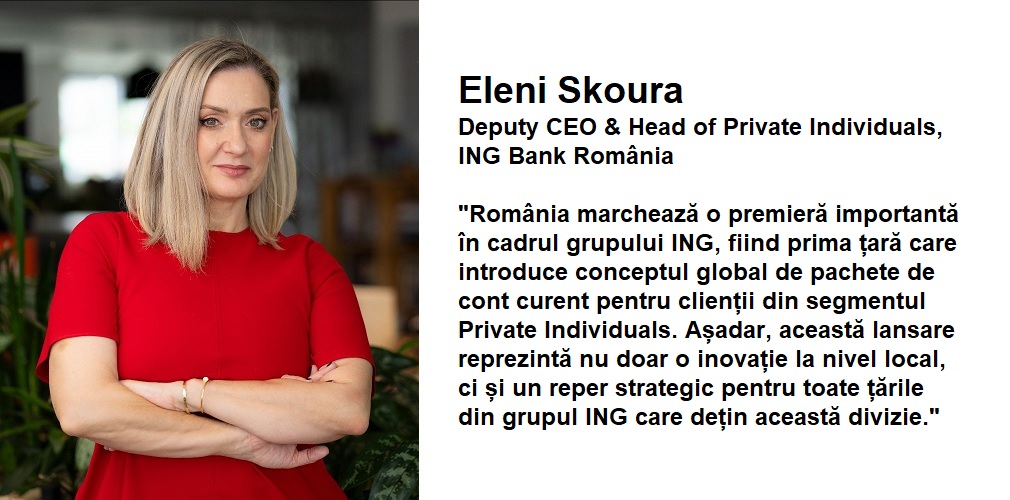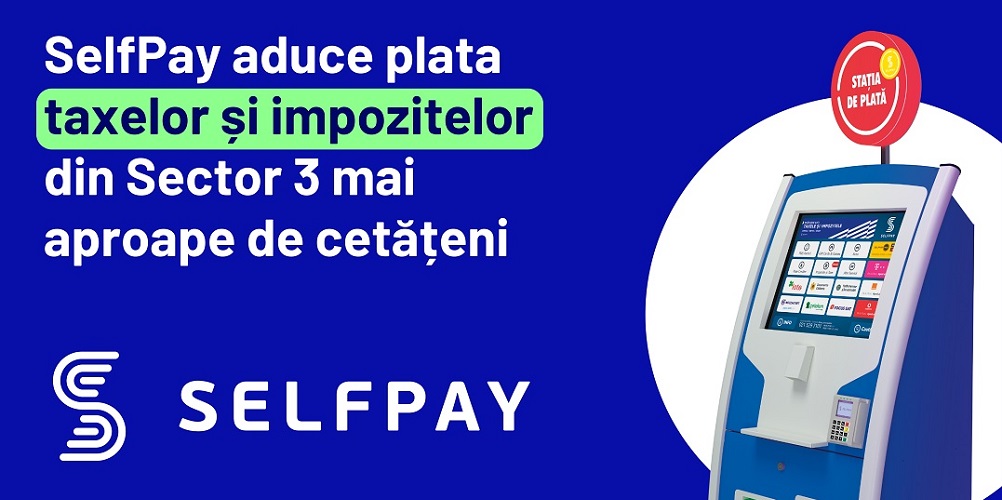SWIFT report shares insights into evolving cyber threats

SWIFT today publishes a new cyber report, ‘Three years on from Bangladesh: tackling the adversaries’, providing new insights into the evolving nature of the cyber threats facing the global financial community.
Key findings show that:
. Four out of every five of all fraudulent transactions were issued to Beneficiary accounts in South East Asia*
. Approximately 70 per cent of attempted thefts were USD-based – but usage of European currencies increased
. The value of each individual attempted fraudulent transaction decreased dramatically – from more than USD$10m to between USD$250,000 and USD$2m
The below graph illustrates the regional location of Beneficiary accounts used in fraudulent transactions since July 2018.
Three years after the cyber attack on Bangladesh Bank, and the subsequent launch of SWIFT’s Customer Security Programme (CSP), SWIFT’s study of cyber attacks on banks evidences how efforts to promote robust cyber security standards, the introduction of security-enhancing tools and an increase in the scope and quality of cyber threat intelligence sharing, are paying off.
Based on investigations conducted over the last 15 months, the report shows how closer industry collaboration resulted in the quick identification of financial institutions targeted by cyber criminals – in most cases, before attackers were even able to generate fraudulent messages. In particular, the exchange of relevant and timely cyber threat intelligence has proved critical in effectively detecting and preventing attacks.
Dries Watteyne, Head of Cyber Security Incident Response Team at SWIFT, said: “SWIFT’s threat intelligence sharing has highlighted the changes to cyber criminals’ tactics, techniques and procedures used in attempted attacks, enabling industry participants to understand and respond to the increasingly sophisticated nature of cyber threats. In this report, SWIFT reveals important information about the evolving payment profile to enable more accurate detection through business indicators. It is encouraging that detection rates of attempted attacks are increasing, but we need to be mindful that malicious actors adapt rapidly. The industry must continuously strengthen and diversify its defences, investigate incidents and share information.”
Brett Lancaster, Head of Customer Security, said: “These cases show how SWIFT solutions including our Daily Validation Reports tool, our Payment Controls Service and the gpi Stop and Recall facility can all have real, positive impact. They also evidence the importance of implementing security controls and of understanding and mitigating against cyber risks presented by counterparties. This is why more and more customers are turning to SWIFT’s KYC-Security Attestation utility to consume that information.”
The below graph shows the currencies used in fraudulent transactions since 2016.
The report also reveals:
. Extended reconnaissance periods: attackers continue to operate ‘silently’ for weeks or months after penetrating a target, learning behaviours and patterns before launching an attack.
. Timings are shifting: malicious actors previously favoured issuing fraudulent payments outside business hours to avoid detection but have more recently turned this approach on its head, acting during business hours to blend in with legitimate traffic.
. New payment corridors: the vast majority of fraudulent transactions investigated over the past 15 months used payment corridors (combinations of target and beneficiary banks) that had not been used during the previous 24 months.
The report recommends the:
. Development of new defensive measures: the development and deployment of security-enhancing innovations will help thwart cyber thieves.
. Increase of information sharing: the more information the community shares and the frequency with which it shares, the better chance of avoiding or fending off an attack.
. Adherence to robust cyber security standards: ensuring strict adherence to strong standards and implementing controls is key to prevention and detection.
. Consumption of counterparty cyber security data: users should incorporate the assessment of counterparties’ attestation data against SWIFT’s Customer Security Controls Framework into their risk management and business decision-making processes.
Download the full report: Swift_cyber_report_2019
* Once attackers have successfully compromised a Target bank, they will often attempt to issue fraudulent instructions to Beneficiary accounts at other banks overseas. These Beneficiary accounts are also known as “mule” accounts and are the accounts through which any fraudulently obtained funds may be obtained.
Dariusz Mazurkiewicz – CEO at BLIK Polish Payment Standard
Banking 4.0 – „how was the experience for you”
„To be honest I think that Sinaia, your conference, is much better then Davos.”
Many more interesting quotes in the video below:














